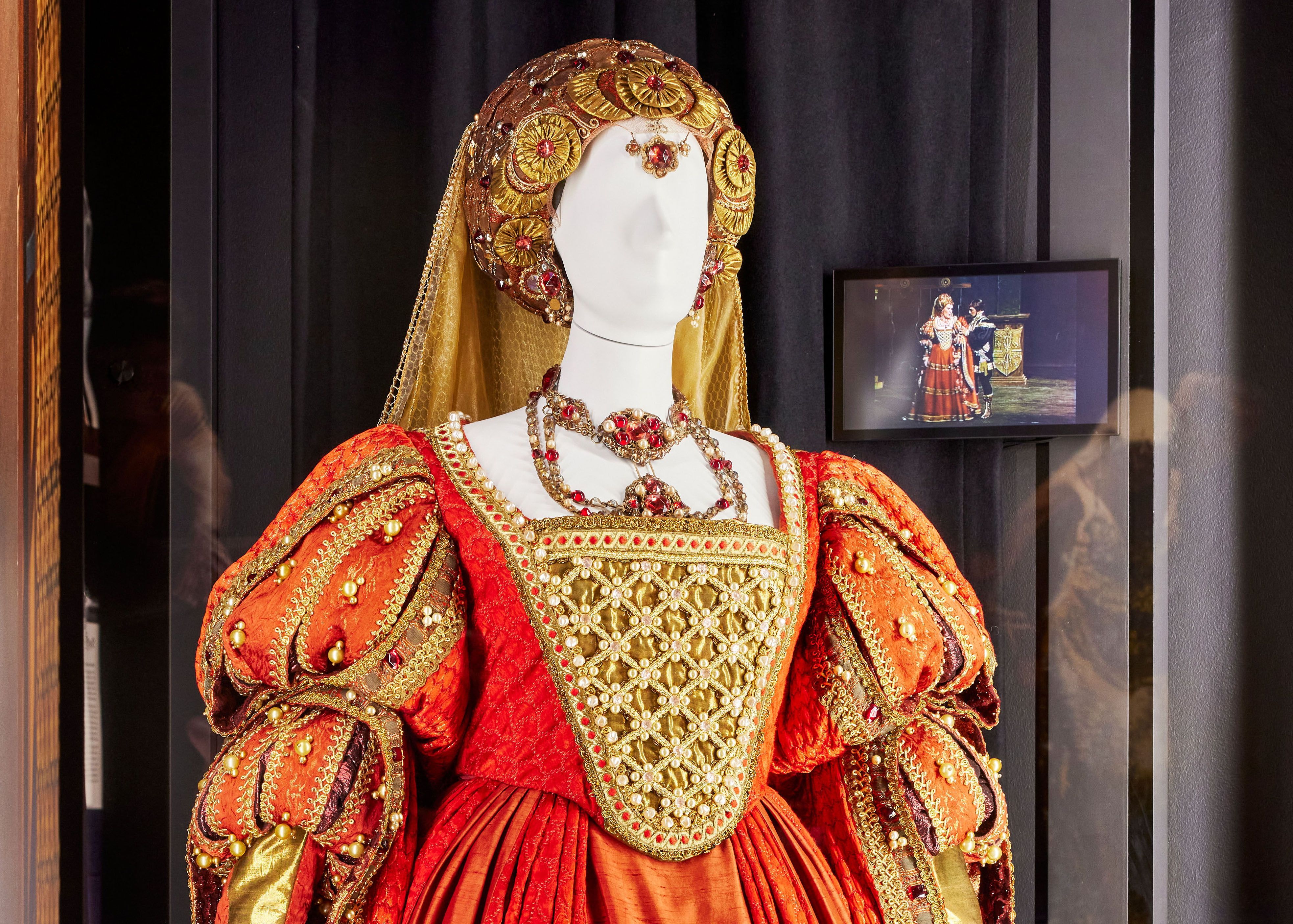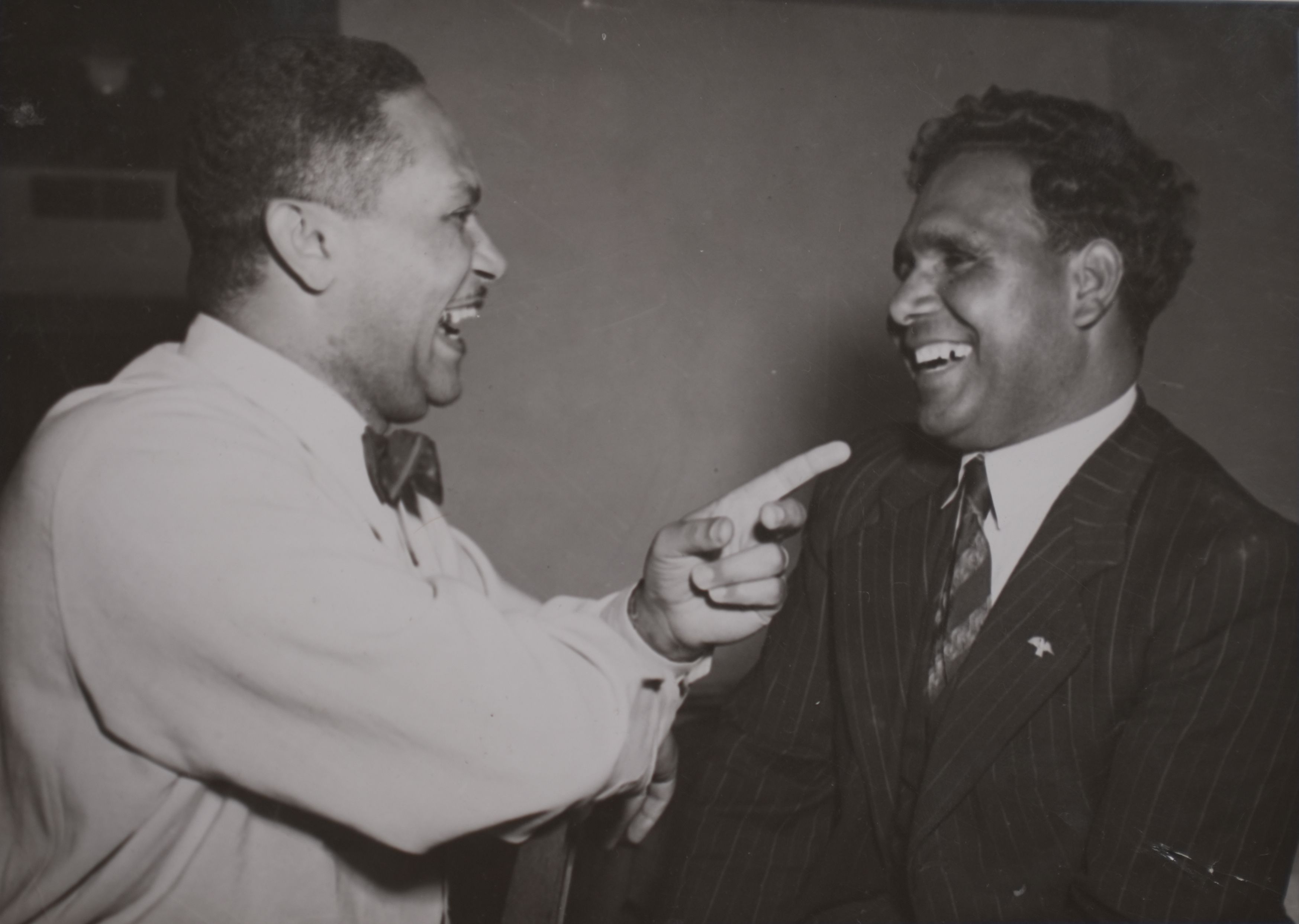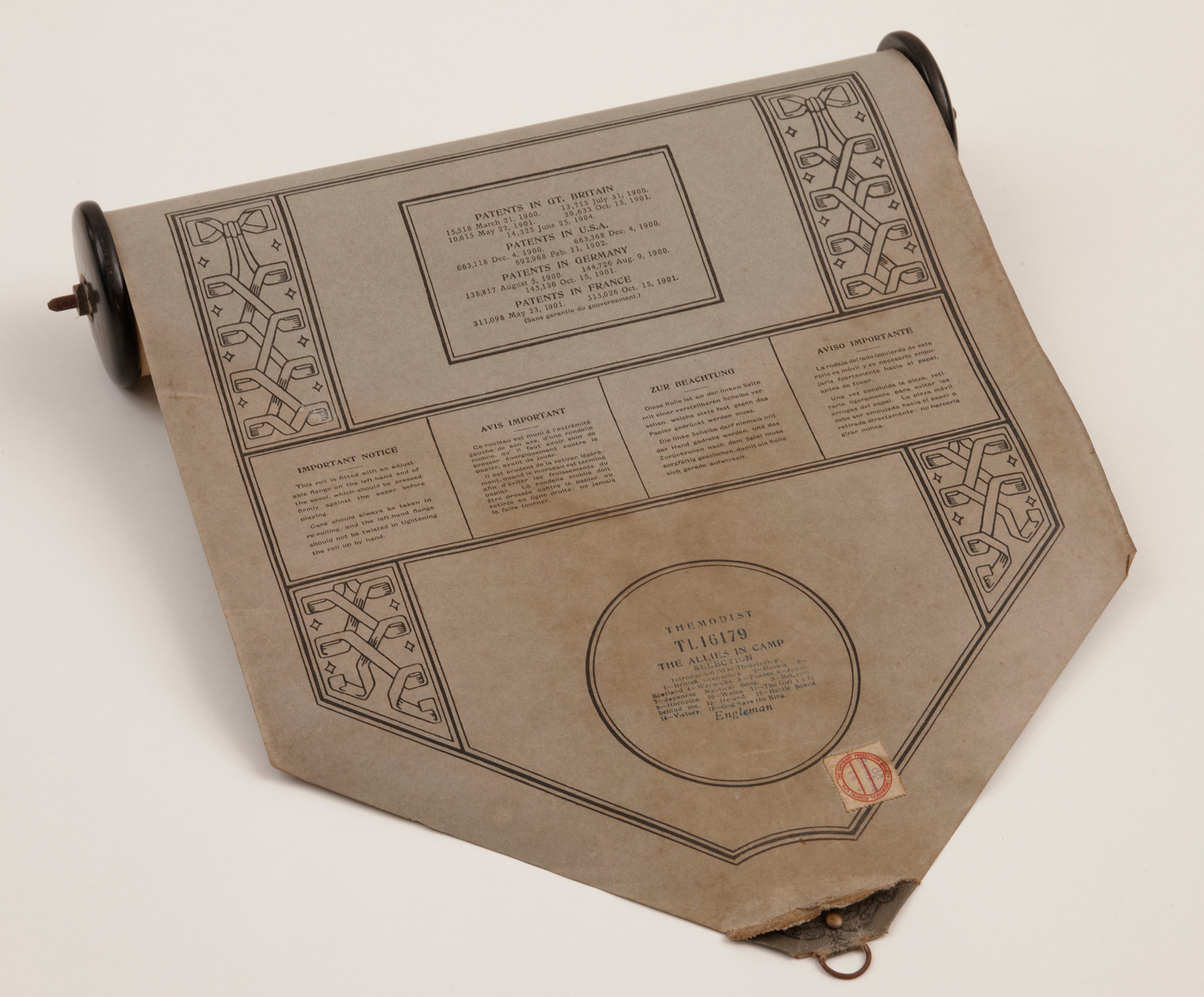Sound Heritage Sydney: Making Music in Historic Places
On the 28th of March 2017, an international forum of invited experts spent a day at Elizabeth Bay House sharing their knowledge about music making in historic houses.
Have you ever wondered about how music was made in the Australian homes of the past? What music was popular, who played it and how was it played? Having pondered these questions for some time, Sydney Living Museums (now Museums of History NSW) and the Sydney Conservatorium of Music invited a range of experts from across Australia, the UK, and New Zealand to participate in a symposium at Elizabeth Bay House to explore the history of music making in the Australian home and its international contexts.
Sound Heritage Sydney brought together musicians, scholars and heritage practitioners to discuss what and how music was played in historic houses and at other historic sites. The forum was also interested in uncovering innovative ways music can be used to reveal new narratives in historic properties for contemporary visitors.
Sydney Living Museums is the Australian partner of the British-based Sound Heritage network, co-founded by Professor Jeanice Brooks, University of Southampton, and Jonathan Wainwright, University of York, and funded by the Arts and Humanities Research Council (UK). Launched in 2015, Sound Heritage is an international network that is seeking a richer understanding of how music functioned in the life of historic houses in the 18th and 19th centuries. SLM is one of three international partners along with representatives from the US and Ireland who have participated with our British counterparts in a series of three study days in England. SLM was invited to join Sound Heritage in recognition of our contribution, led by the Caroline Simpson Library & Research Collection, towards a better understanding of domestic music making in colonial NSW and further afield.
Published on
Related

Dressing Joan Sutherland
One of the most spectacular costumes on display in the exhibition The People’s House: Sydney Opera House at 50 is an extraordinary Renaissance dress designed by Kristian Fredrikson and worn by Dame Joan Sutherland in the part of the notorious Lucrezia Borgia

Paving the way ... Harold Blair: The first Aboriginal opera singer
A short documentary that offers a glimpse into the life of Harold Blair, a world-renowned tenor, family man and political campaigner who sought social justice and human rights for Australia’s First Nations people

Harold Blair, trailblazer
Wulli Wulli tenor Harold Blair AM was Australia’s first professionally trained Aboriginal opera singer

WW1
The Allies in camp music roll
Rouse Hill house boasts a fine pianola, a player piano, which came into the house just a few years before the outbreak of World War I
